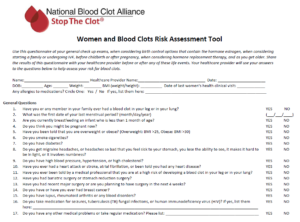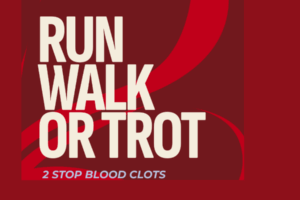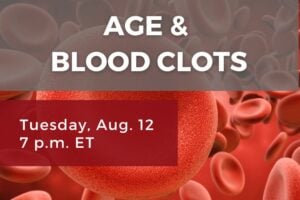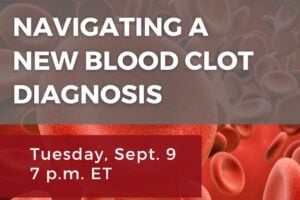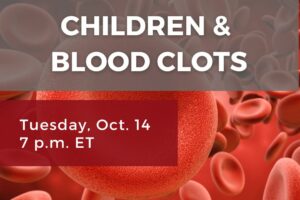May is Women’s Health Month. The National Blood Clot Alliance is raising awareness about the unique risk factors that women have for blood clots. Knowing that increased estrogen – from hormonal birth control, pregnancy, hormone replacement therapy, or IVF- raises the risk of developing a life-threatening blood clot can make a life-saving difference. Protect yourself or the women in your life by learning more.
Download our Women’s Health Month Toolkit
Watch our Most Recent PEP Talk: VTE and She
Facts and Statistics
- Use of birth control pills – combined hormonal contraceptives – doubles the venous clot risk.
- Venous blood clots are a leading cause of death in a woman during pregnancy or just after having a baby.
- In pregnancy, the risk of VTE is increased 5 times greater than in non-pregnancy.
- Clot risk is increased during all trimesters, but is highest – a risk of 100 fold – in the first week after the baby is born. Risk remains elevated for up to 12 weeks following delivery.
- Use of hormone replacement therapy (HRT) increases VTE risk by 2 to 4 times.
Learn More
Birth Control & Blood Clots
- Birth control methods that contain estrogen can place a woman at increased risk for blood clots.
Pregnancy & Blood Clots
- Women who are pregnant or who have just given birth are at increased risk for blood clots.
Treatment of Menopause Symptoms & Blood Clots
- As women approach menopause, they begin to experience symptoms that are sometimes treated with hormone therapy, which contain estrogen and can increase a woman’s risk for blood clots.
Women and Blood Clots Risk Timeline
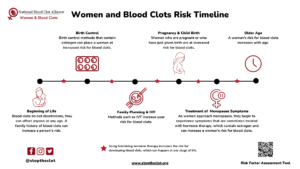
Women and Blood Clots Risk Assessment Tool
